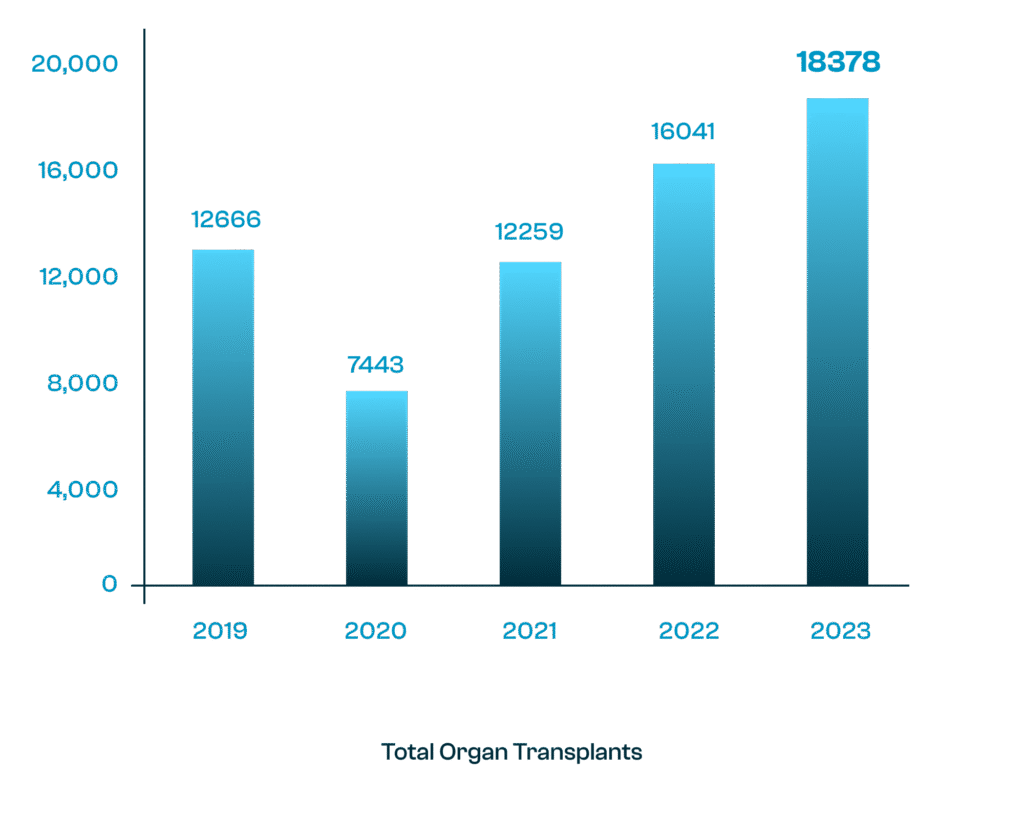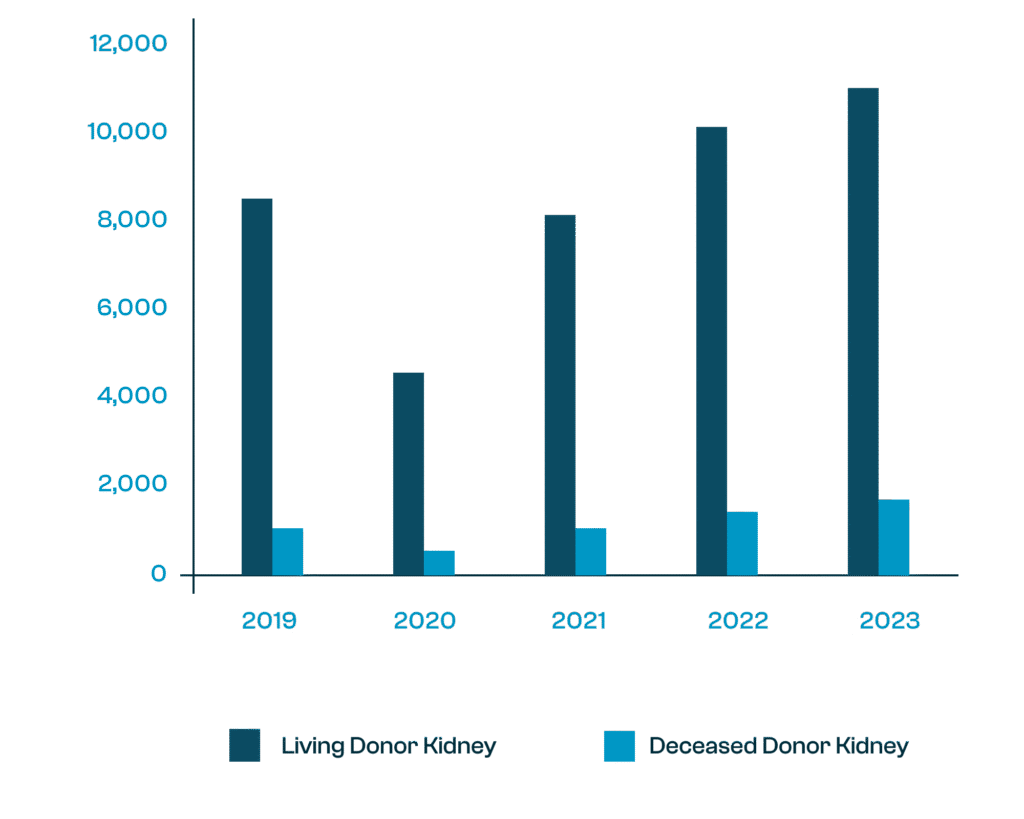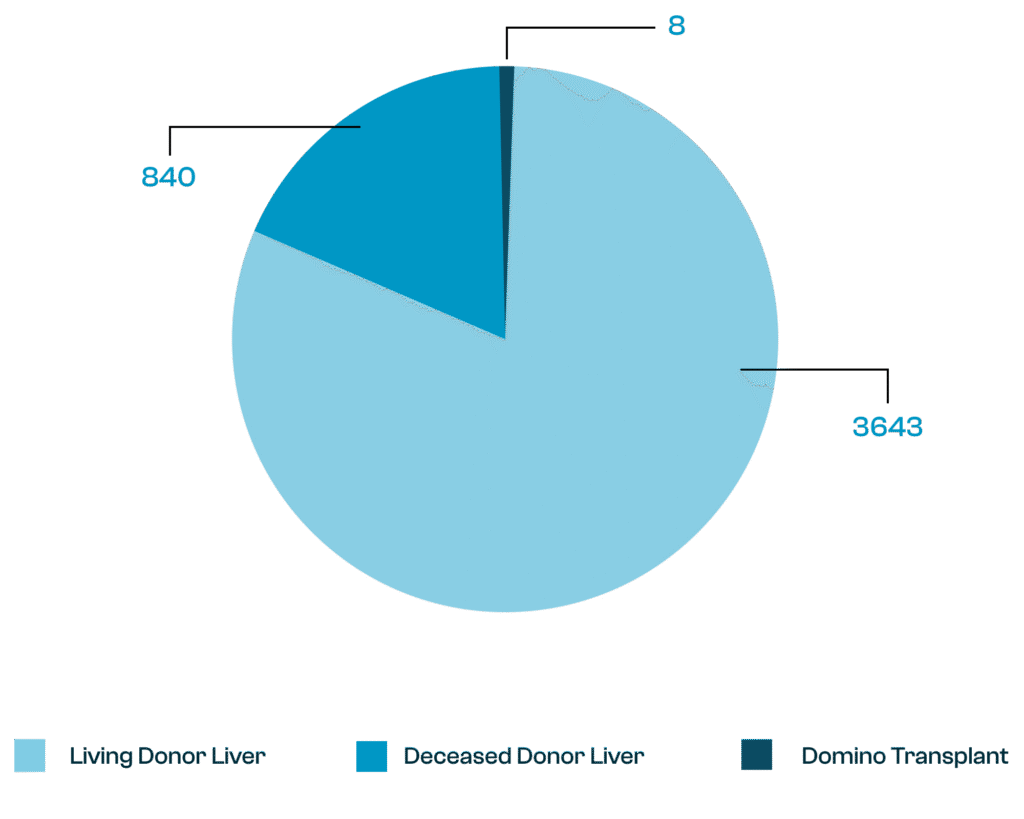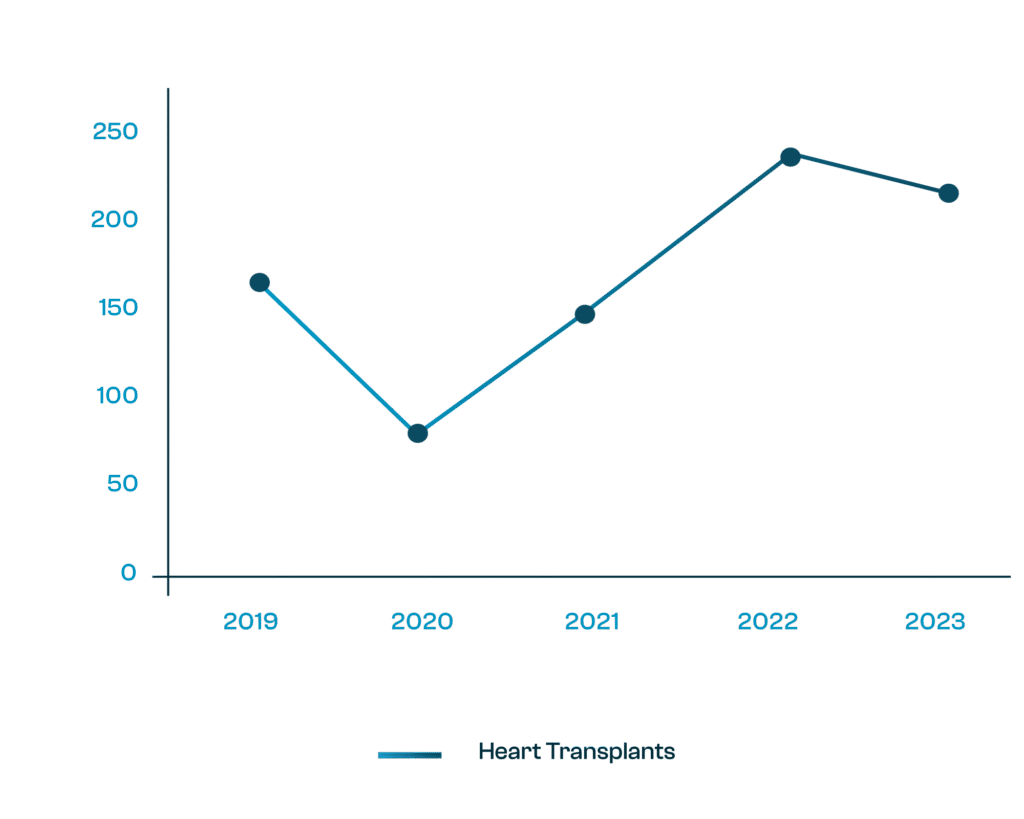Each year, hundreds of thousands of Indians suffer from end-stage organ failure. While transplantation remains their only hope for survival, the demand for organs far exceeds the supply, leaving most patients with no viable options.

Even with 18,378 organ transplants in 2023, less than 4% of India’s 3.17 lakh waiting patients receive a life-saving transplant.

Kidney failure affects 2 lakh Indians every year, but only ~13,426 transplants occurred in 2023 — a stark shortfall in saving lives.

In 2023, 81% of liver transplants were from living donors. With only 840 deceased donor livers available, tens of thousands in need remain helpless.

Fewer than 250 heart transplants are performed annually, leaving thousands of critical patients with no second chance at life.
The situation is similar worldwide, with thousands never getting the chance they need. While India’s organ donation rate has seen a modest increase over the years, human organ donation alone cannot meet this growing demand.
Despite India’s 140 crore population, organ donation rates remain less than 0.5 donors per 10 lakh people – significantly lower than many other countries.
The majority of organ donations in India come from living donors, typically family members. However, this approach severely limits the number of available organs for those on the waiting list.
Even when organs become available from brain-dead donors, challenges in logistics and awareness prevent many of them from being transplanted in time.
With increasing rates of diabetes, hypertension, and heart disease, more people are at risk of developing organ failure, further widening the gap between demand and supply.